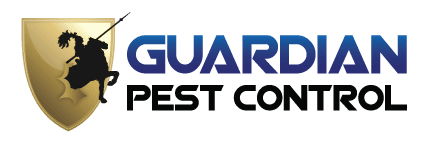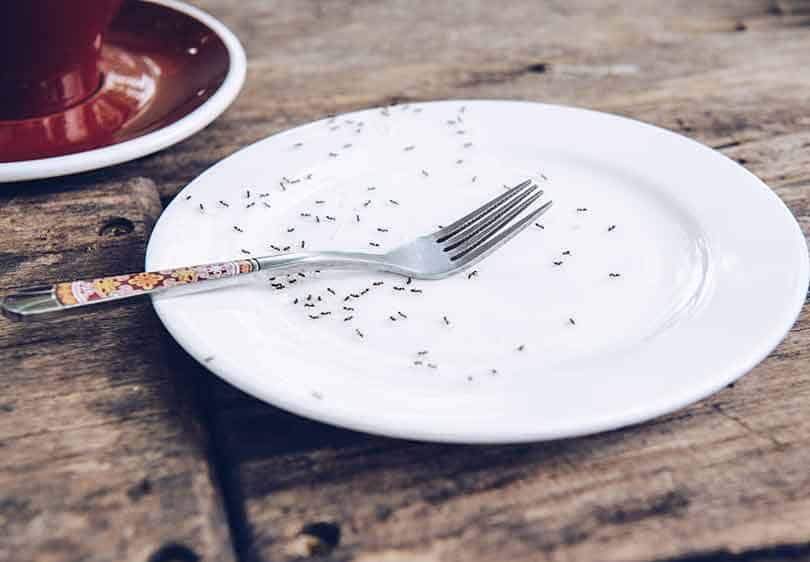Specialist Guidance for Vole Control Utah County
Specialist Guidance for Vole Control Utah County
Blog Article
Comprehensive Pest Control Solutions to Battle Vole Infestations
Vole problems can swiftly rise, creating damage to landscapes, lawns, and gardens. The effect of these tiny rodents can be quick and significant, demanding a detailed parasite control technique to properly take care of the scenario. Understanding the actions and biology of voles is essential in designing an integrated strategy that not only attends to the current infestation but also prevents future events. By employing a combination of identification, exemption, environment, and trapping adjustment strategies, specialist bug control services can offer a tailored option to combat vole problems. Nevertheless, the key lies in executing an all-around plan that not just eliminates existing voles however also develops long-term control procedures to protect against future intrusions.
Vole Identification and Assessment
Voles, small rodents appearing like computer mice however with shorter tails, are typically located in backyards and gardens, making exact recognition necessary for efficient bug control actions. These insects can trigger significant damage to greenery and crops, making timely activity vital in reducing possible losses. When evaluating for voles, seek their particular paths, burrow openings, and gnawed plant roots. vole control service. Vole runways are generally located externally of the ground and are created as they commute in between their burrows and food sources. Burrow openings are little, concerning 1-2 inches in diameter, and cause below ground tunnels where voles nest and look for shelter. Nibbled plant origins are one more indicator of vole task, suggesting their existence and possible damage to plants. By properly identifying these indicators, pest control specialists can tailor their strategies to successfully manage vole problems and safeguard gardens and backyards from more injury.

Capturing and Elimination Techniques
Reliable parasite control methods for handling vole problems commonly involve utilizing specialized trapping and removal techniques. Capturing is a commonly used method to record voles and relocate them away from homes. Live catches, such as box traps or tube catches, are typically utilized as they permit the risk-free capture of voles without triggering damage. These traps are tactically placed in vole paths or near burrow entryways to enhance the opportunities of successful capture.
When setting up traps, it is essential to guarantee they are put appropriately and baited with vole-preferred food sources like peanut butter, seeds, or fruits. On a regular basis examining the traps is necessary to promptly remove caught voles and protect against distress or harm to the animals. When trapped, voles ought to be transferred to ideal habitats far from human homes to stay clear of re-infestation.
Additionally, exclusion techniques, such as installing barriers or fencing underground, can aid deter voles from accessing details areas. Proper disposal of caught voles and consistent tracking of vole task are vital elements of a reliable trapping and elimination approach in vole infestation administration.
Exemption and Obstacle Methods

By dealing with these vulnerabilities and carrying out targeted exemption and barrier procedures, residential or commercial property owners can substantially reduce the risk of vole invasions. Inevitably, a mix of trapping, removal, and proactive exemption measures can help effectively manage vole populaces and protect buildings from invasions.
Environment Adjustment and Avoidance
To reduce vole infestations, environment adjustment and prevention approaches focus on modifying the atmosphere to prevent vole habitation. Additionally, lowering excess wetness by dealing with leaking pipes, ensuring proper water drainage, and removing standing water can make the setting much less welcoming for voles.
Including obstacles like gravel borders or cord mesh underground can likewise stop voles from delving right into gardens or yards. These physical barriers interrupt their capacity to tunnel and gain access to desired areas. Planting vole-resistant greenery and making use of vole-repellent techniques such as castor oil-based deterrents can even more prevent vole task. By implementing these habitat modifications and prevention actions, homeowner can proactively decrease the threat of vole problems and safeguard their exterior rooms from damages. vole control utah.
Surveillance and Follow-Up Approaches

Follow-up methods entail revisiting the dealt with locations to look for any kind of signs of vole activity. Keeping track of stations, traps, and visual assessments are generally used approaches to examine the success of the pest control actions. By regularly examining these locations, bug control specialists can promptly identify any renewal of vole task and take aggressive actions to resolve the concern before it rises.
Furthermore, documenting the results of surveillance and follow-up activities is crucial for tracking the progression of vole invasion control gradually. These records assist in recognizing patterns, examining the effectiveness of different control approaches, and making notified choices for future pest administration techniques. Regular follow-up procedures not just help in preventing vole re-infestations however also add to the total success of pest control initiatives.
Verdict
To conclude, comprehensive pest control solutions are essential for efficiently combating vole problems. By recognizing and evaluating vole populations, executing trapping and elimination techniques, utilizing exemption and obstacle techniques, customizing environments, and applying monitoring and follow-up methods, homeowner can effectively handle and prevent future problems. It is vital to attend to vole problems immediately to prevent damage to building and potential utah vole control wellness threats.
By employing a combination of identification, environment, trapping, and exemption modification techniques, professional insect control solutions can offer a tailored solution to fight vole infestations (utah vole control). By accurately determining these signs, bug control professionals can tailor their methods to properly take care of vole invasions and shield yards and backyards from additional damage
Effective pest control approaches for handling vole invasions frequently include using specialized trapping and elimination techniques.To mitigate vole problems, environment adjustment and avoidance techniques focus on altering the atmosphere to prevent vole habitation.Regular tracking and follow-up procedures are vital in keeping vole problem control steps and making sure lasting success in insect management.
Report this page